ADHD versus Autism
Attention Deficit Hyperactivity Disorder or commonly abbreviated as ADHD is one of the common behavioral disorders in children. About 10% of school-age children experience ADHD. However, this disorder seems difficult to understand. Not infrequently, people consider ADHD the same as autism. In fact, the two are different things.
Some symptoms of ADHD in children are difficulty concentrating, as well as the appearance of hyperactive and impulsive behavior. The symptoms of ADHD disorders will usually be seen from an early age and are usually more obvious when changes occur in the situation around the child. For example, when children start studying at school.
Most cases of ADHD are detected at the age of 6 to 12 years. Children with ADHD tend to feel inferior, have difficulty making friends, and have inadequate achievements.
However, sometimes ADHD is still misinterpreted as autism.
Let’s read this article to learn more about ADHD versus autism.
What is ADHD?
ADHD is a behavior disorder that starts in childhood and can affect up to adolescence and adulthood. Reporting from the National Institute of Mental Health, ADHD is a disorder that occurs in the brain, this is characterized by a lack of attention and/or hyperactivity and impulsivity that interfere with the function and development of a child’s brain.
Children with ADHD have difficulty staying focused. They usually do not like to have to sit and study for a long time. However, this is not because they lack an understanding of what they are learning.
ADHD children are hyperactive children. They like to keep moving, maybe even to disturb a friend who is nearby. They also like to act impulsively. That is, they like to take sudden actions without thinking about it first, they don’t like to postpone desire or satisfaction.
ADHD symptoms
The main symptoms of ADHD are difficult to focus attention on and behave impulsively and hyperactively. Patients can not be silent and always want to move.
Symptoms of ADHD generally appear in children before the age of 12 years. But in many cases, ADHD symptoms can be seen since the child is 3 years old. ADHD that occurs in children can carry over into adulthood.
Causes and Risk Factors of ADHD
The cause of ADHD is not known with certainty. However, a number of studies have shown that there are several factors that can increase a child’s risk of developing ADHD. These risk factors include genetic and environmental factors.
ADHD diagnosis
ADHD diagnosis is conducted through the cooperation of various parties, namely pediatricians, child psychiatrists, parents, and the school. The diagnosis process involves interviews, both with children, parents, and teachers.
In addition, the pediatrician will also do a physical examination and support to look for other causes that can cause symptoms similar to ADHD.
ADHD Handling Steps
ADHD treatment can be in the form of medication and psychotherapy. In addition to sufferers, parents, families, caregivers, and teachers at school also need to get guidance to deal with children with ADHD. Although ADHD cannot be completely cured, the treatment given can relieve ADHD symptoms and enable sufferers to live a normal life.
What is autism?
Autism is a brain development disorder that affects a person’s ability to communicate and interact with others. In addition, autism also causes behavioral disorders and limits the interest of sufferers.
Autism is now referred to as autism spectrum disorder or autism spectrum disorder (ASD). This is because the symptoms and severity vary between patients. Disorders included in ASD are Asperger’s syndrome, pervasive developmental disorder (PPD-NOS), autistic disorders, and childhood disintegrative disorder.
Based on data collected by WHO, autism occurs in 1 in 160 children worldwide. While in Indonesia, until now there is no definitive data on the number of autism sufferers.
It is very important to be aware of the symptoms or characteristics of autism as early as possible because even though autism cannot be cured, there are various methods to deal with autism that aim to make sufferers adjust to their daily lives.
What is the difference between ADHD and autism?
Children with ADHD and autism both have problems with attention. Their behavior likes to change suddenly (impulsively) and also difficult to communicate. They have problems dealing with other people.
Because it looks similar, sometimes people equate ADHD with autism. But, actually, the two are two different things. Then what’s the difference?
If examined closely, children with ADHD will be different from children with autism. ADHD has more influence on how the brain grows and develops. Meanwhile, autism is a series of developmental disorders that affect language skills, behavior, social interaction, and learning abilities.
- In terms of attention
ADHD children tend to avoid things that need high focus, like reading a book. They even from the beginning already seemed not interested in these things. Meanwhile, children with autism tend to want to try to focus on the things they like. They can learn things they like well, like playing with certain toys.
- In terms of interaction and communication with others
Children with ADHD tend to talk endlessly. They can interfere when people talk and like if they become dominant during discussions. Meanwhile, children with autism often have difficulty entering words into their thoughts and feelings. Thus, they might find it more difficult to express their opinions. They are also difficult to make eye contact.
- In terms of routine
Children with ADHD tend to dislike the same routine every day or for a long time. Whereas children with autism tend to like things that are already organized, they like order, and don’t like it when their routine suddenly changes.

What should be considered when treating children with ADHD or autism?
It’s difficult for you as a parent, even for doctors to distinguish between ADHD and autism. Sometimes, some children with autism also have ADHD. However, a diagnosis of ADHD or autism must be made so that the child gets proper treatment.
Appropriate treatment aims to make the symptoms of ADHD and autism manageable, not to cure. A combination of drug and behavioral therapy is the best way to treat children with ADHD or autism. Behavioral therapy aims to help children change their behavior.
Children with autism may have to receive various types of therapy, related to behavior, speech, sensory integration, and learning, to help them communicate and connect with others.
Treatment for ADHD can reduce hyperactivity and impulsiveness, and can improve the ability to concentrate, work, understanding, and physical coordination. Sometimes several drugs with different types and dosages must be tried before finding the one that is right for a child.
There you go. That was the explanation about ADHD versus autism. Hope this article is useful to you.
Stay safe, happy, and healthy!

—————————————————————————————————————————————–
This post may contain affiliate links, which means I make a small commission off purchases, at no extra cost to you. Read my full disclosure here. Thank you for supporting the work I put on this site!
—————————————————————————————————————————————–
We Stress Free does not provide medical advice, diagnosis, or treatment. However, if you need someone to talk to and want to make friends, please feel free to reach me at ferra@westressfree.com. If you would like to REDUCE your STRESS and are interested to do an ONLINE THERAPY, you can do so here.

—————————————————————————————————————————————-
Disclaimer: The information contained in this article is for educational and informational purposes only and is not intended as health or medical advice. Always consult a physician or other qualified health provider regarding any questions you may have about a medical condition or health objectives.
Thank you for reading today’s topic: ADHD versus Autism

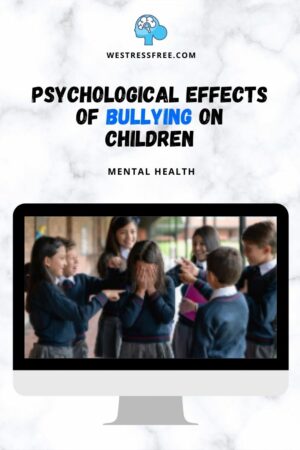
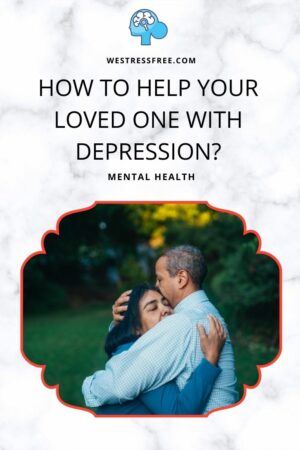

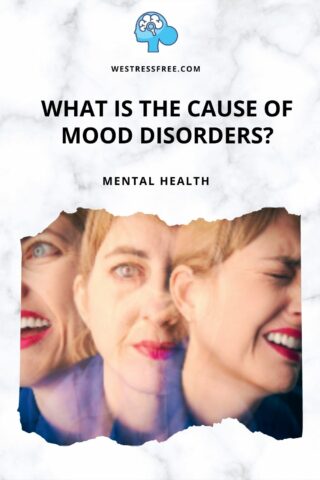
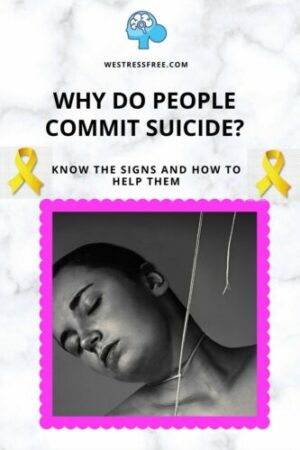


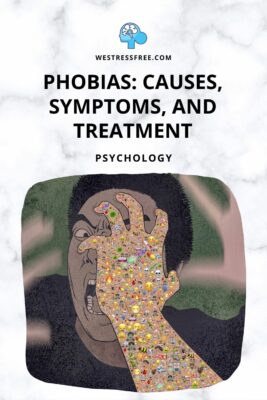

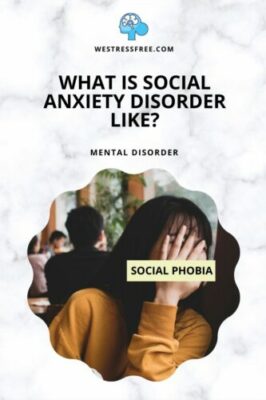
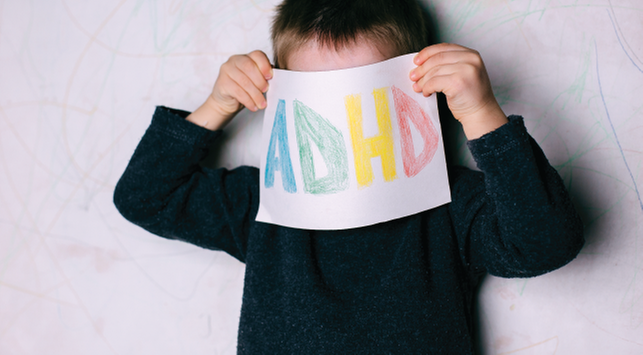





Hello thank you for the interesting article i enjoyed it a lot.i thought you had loads f information both ADHD and Autism. I personally don’t have any experience with either but have several friends and family members who do have one or the other, so I really enjoyed learning more about it and the different sides you had as to medications, causes, risks and effects that carry through to adulthood. Thank you again and look forward to reading more from you in the future.
Hi Harry,
Thank you for visiting my site, reading the post, and leaving a kind comment. I really appreciate it.
Glad you enjoyed reading and learning from this post.
Stay safe, happy and healthy!
Cheers,
Ferra
Though to be honest, both ADHD and autism share a lot of similarities that makes it almost not possible to prove the differences. However, there are little bits of differences especially because ADHD patients chooses not to engage in the activities that requires focusing and attention while autism patients are actually subconsciously not capable of doing those. Thanks for the enlightenment
Hi Ella,
Thank you for taking time to visit my site, read my post and leave a comment. I really appreciate your kind words in your comment!
Glad you found this article useful.
Stay safe,happy and healthy!
Ferra
Thank you for the great article. There are differences in ADHD and Autism but sometimes they co-exist. My son had both. He is now 30. He only took medications during his teenage years. You covered treatments for ADHD well. Thank you for such a great blog. Jen
Hello Jennifer,
Thank you for taking time to visit my site, read my post and leave a comment. I really appreciate your kind words in your comment!
Glad you found this article useful.
I agree, ADHD and Autism can co-exist. You’re such an inspiration. Being a carer for a child with autism or ADHD is definitely a challenge but with LOVE, nothing is a big of a challenge. Thank you for sharing your story!
Stay safe,happy and healthy!
Ferra
This is a wonderful post and very relevant. I used to teach second chance learners between 15-19 who all had some kind of learning disorder, it was very challenging as a new teacher who had not been exposed to kids with these disorders and how to deal with them.
I had one student that had been diagnosed with ADHD, ADD and autism. Normally very quiet in nature and highly focused and intelligent, a very gentle soul. But when her ADHD kicked in it presented in a different manner than the hyperactivity of the others. She wouldn’t be hyperactive in activity, but her speak became fast like one hundred miles an hour, and incredibly loud, that she could be heard in all the other classrooms. It took some learning to identify and find a way to work with her. In the end I choose to let her just go for 30 minutes to vent it out and pull her back to reality, this worked well for her and did not make her feel she was different from the others.
I really take my hat of f to you for writing about such a huge topic and in a very knowledgeable and informative manner. You have separated the disorders in a very clear and easy way to understand and how to cope/deal with a child that is suffering from these disorders. Keep up your amazing work,
Hello Nadine,
Thank you for taking time to visit my site, read my post and leave a comment. I really appreciate your kind words in your comment!
Glad you found this article useful. And I am so thankful for you sharing your story as a teacher for a child with multiple mental disorders. I love your approach when she has some episodes going on. I would certainly do the same.
We need to help them in a way that they will not feel they are ‘different’ from other kids.
Keep up your wonderful work with those children. You are such an inspiration! Kuddos to you, Teacher!
Ferra